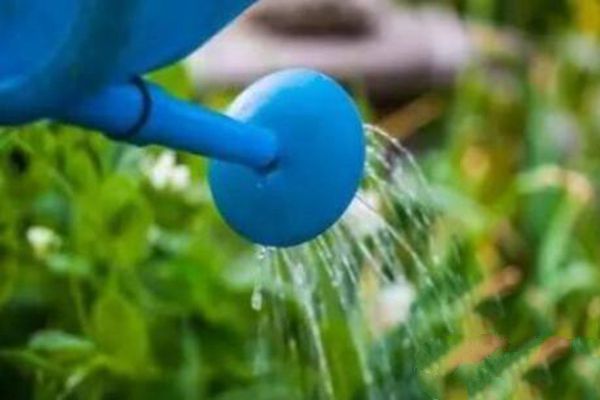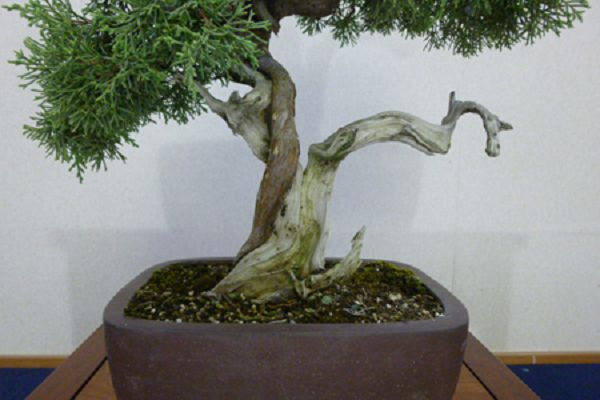How do flowers propagate by cutting? Detailed explanation of the basic methods of Flower Cuttage Propagation

In the last article, we talked about the striping propagation of flowers. Experienced flower friends all know that in addition to striping propagation, cutting is also a very common way of flower reproduction. Cuttings are cuttings, cutting the stems, roots, leaves and buds of flowers, and inserting them into soil or soaking in water. After taking root, they can be planted and grow into new plants, but the conditions for cutting different flowers are different. Let's take a look at the detailed explanation of flower cutting methods with Xiaobian.
1. Cutting types
There are three kinds of cuttings: leaf cuttings, stem cuttings and root cuttings, which are classified according to the maturity of cuttings and flower organs. In addition, according to the different cutting period and methods, it can also be divided into split cutting, heel cutting and so on.
(1) Leaf cutting
A flower that can be inserted into leaves, having a stout petiole, veins, or thick leaves. The leaves inserted into the leaves should be fully developed and are generally carried out in the breeding bed for the purpose of effect. Leaf cuttings are divided into whole leaf cuttings, leaf cuttings and bud cuttings.
(2) Stem cutting
There is no limit to the location, depending on the season and species, in order to survive, you can cover the plastic shed for heat preservation or shade. Stem cutting is divided into soft wood cuttings, semi-soft wood cuttings and hardwood cuttings.
(3) Root insertion
Some perennial flowers can produce adventitious buds from their roots to form young plants, which is suitable for root propagation. The roots of this kind of flowers are very thick, not less than 2mm, and the roots of the same kind of flowers are thicker and older are easy to survive. It can be carried out in early spring or late autumn, or dig up the mother plant in autumn, store the root system for the winter, and then cut again in spring next year.
2. The key to survival
In order to ensure the survival of cuttings, we must pay attention to the following key issues.
(1) selection and treatment of cuttings
The branches of cuttings should be healthy, the cuttings of young cuttings should be cut immediately after harvest, the succulent plants should be cut and hung in a ventilated place for a few days, and the cut should be dried and then cutted. in order to prevent decay, you can barbecue the incision over a low fire, or dip some freshly burnt plant ash in the cut.
(2) the temperature of cutting.
The best cutting temperature is 20: 25 ℃. Too low and too high temperature will affect growth. Therefore, if the temperature can be controlled, the four seasons can be cut. Under natural conditions, it is best to choose spring and autumn.
(3) humidity of cuttings.
The cutting substrate was kept in a moist state. And to ensure the humidity of the air, such as covering plastic film, but to be ventilated.
Related
- What if the leaves of potted flowers turn yellow?
- Florescence Control of several Flowers
- Anti-freezing technology and post-freezing nursing technology of flowers
- What is the classification of flowers? What are the common methods of flower classification?
- Prevention and control of alkali and acid damage of flowers in courtyard
- Technology of Anti-freezing and restoring growth of Flower seedlings in greenhouse and greenhouse
- How does flower fertilization not hurt the root? Fertilization technology of flowers
- Key points of disinfection in flower greenhouse
- Several pesticides that are banned or used cautiously in flowers
- How to fertilize the flowers that watch the leaves?



